The Complete Guide to Composting
When we were children, our parents ordered us to eat everything on our plates because, “There are children starving in Africa.” Yet according to the NRDC, this message has gone largely unheeded. Up to 40% of all food consumed in the United States goes uneaten.
Considering that one in eight Americans are also struggling to put food on the table in the first place, this is a shocking statistic. With farmers already concerned about how to feed the world, it’s sensible to start solving hunger through less food waste.
There’s very little we can do about the food waste that occurs on farms and in factories, but we can take steps to reduce our own waste. You can help through eating leftovers and using vegetables before they go bad, but what about those times when something goes bad before you’re ready for it?
The solution is compost. Composted vegetables can be used in your home garden to replace fossil fuel derived fertilizers, or even just to avoid the plastic bag from compost purchased at the store. If you are a gardener, your kitchen scraps can close the loop between the next crop of vegetables, and the old ones that are no longer doing so well.
If you’re ready to get started on composting, here’s everything you need to know about starting your heap.
Choose a Composting Method
The first step is to decide what method you want to compost with. While all composting methods achieve the same goal (lovely, rich compost for your garden) there are different ways to achieve this. You’ll want to choose based on where you live, what you are planning to compost, and how much you want to spend.
Method 1: Compost pile
Best for: Rural areas
Cost to start: Free to cheap
Can compost: Vegetable scraps, leaves, lawn clippings, sticks, and other non-animal products.
When we think of a compost pile, we often think of a literal heap of organic matter sitting in the corner of a yard. It costs no money to start tossing your avocado rinds and banana peels by the back fence instead of the trash can, and it works.
You won’t need more than shovel and a soil temperature thermometer to start this up, but you’ll have to layer the scraps properly to get enough heat to sterilize the compost, and you’ll also have to think about smell and attracting rodents. Many people resolve this problem by putting their compost in something, such as a wooden box, to keep raccoons, bears, and other wildlife from profiting off your compost.
This method of compost has a lot of benefits. You can set your own space limits, and it requires very little in the way of funding. Drawbacks of course, include smell from an open air composter, and the potential to attract rodents and larger wildlife.
Method 2: Bokashi
Best for: Omnivores
Cost to start: $50-$100
Can compost: All kitchen scraps, including animal products
If you were picturing one of those cute and trendy metal pails hanging out under your sink, the bokashi method might be the right choice for you. Simply toss a handful of inoculated bran under your food scraps, add them to the bucket, and then place more bran over the top. Drain the liquid that pools at the bottom every other day (you can use this as a fertilizer in its own right) and when it’s full, empty it into your garden to finish aging.
Bokashi compost can’t touch plant roots directly until it is aged for at least two weeks, but it can be buried in a fallow area of your garden until you’re ready to plant.
It’s great if you only have kitchen scraps you need to get rid of, or if you need an answer for meat and dairy products.
Method 3: Vermaculture
Best for: Light kitchen duty
Cost to start: $150
Can compost: most kitchen scraps, but not too much.
If you don’t like the idea of turning compost yourself, you may be interested in using worms to do the work of composting for you. Vermaculture recruits red wriggler worms to turn your vegetable scraps into valuable worm castings.
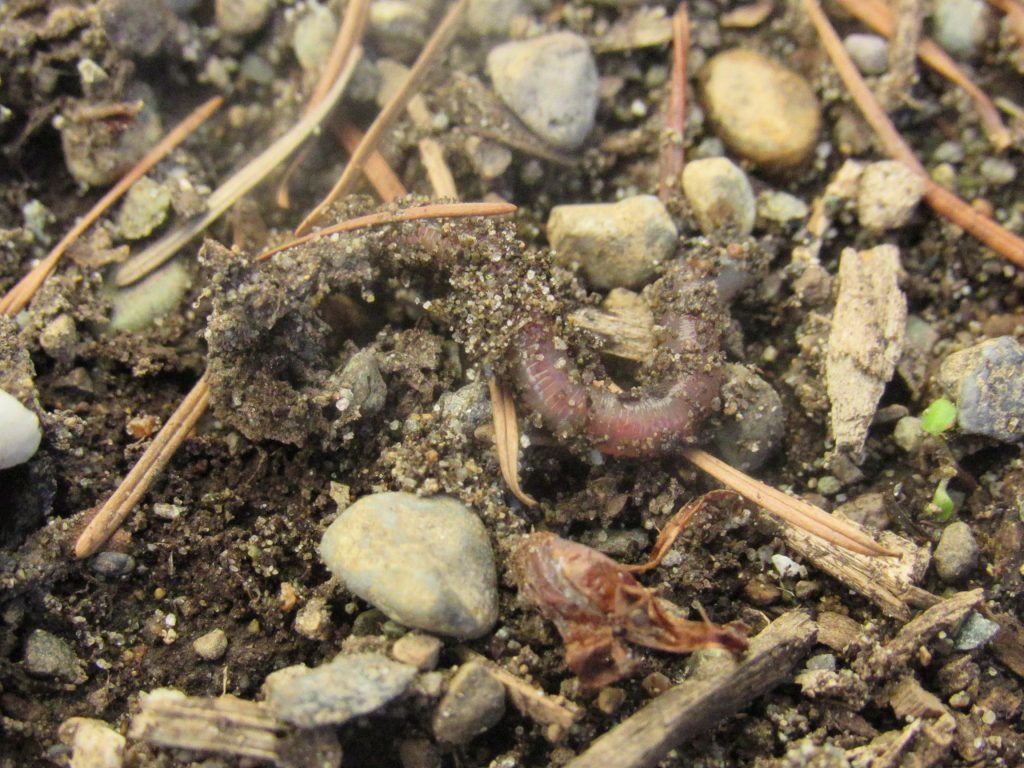
Worm casting sell for $15 a pound, turning your kitchen scraps into a potential source of revenue. They will also breed quickly, giving you a chance to sell the worms themselves, which go for $30-$50 a pound.
If you are a business minded person, turning your scraps into cash may well be the way to go. One caution, you can’t overload your worms. If you feed them too much, they won’t be able to keep up with supply, and the food will rot, leaving a smell. This is also why offering them meat products isn’t recommended. Although they can eat meat and dairy, if it rots it could cause odors or attract pests to your compost.
Method 4: Composter
Best for: Overall convenience
Cost to start: $250+
Can compost: Almost anything, given the right composter.
If the idea of layering your compost makes you dizzy, a composter may be the right answer for you. These spinning barrels block out odors and make composting a breeze. Simply toss in what ever scraps and yard debris you want composted, and remember to rotate the composter regularly.
Many of these composters are designed to cut down on smells, keep wildlife out, and can even compost meat. When the compost is done, simply take the barrel off the composting stand, roll it where you want the compost and empty it out. You’re done!
How composting works
All organic material eventually decomposes. Composting is a method for speeding up the natural process so that we have a useful product faster. During the composting process, bacteria break down the organic matter, turning it into compost.
There are two types of bacteria that handle composting. Anaerobic bacteria, which don’t require oxygen to do their work, and aerobic bacteria that do. Except for the bokashi method, most types of composting involve aerobic bacteria.
When the bacteria have broken everything down, the result is compost.
How to compost
Composting methods vary, but the idea is the same. No matter the method, you are trying to encourage bacteria to do their work. In order to do this at the minimum you need the organic material, and a place to put them until they break down.
Most of these composting methods are self explanatory. You put the scraps in the container, wait a couple of weeks, and then get your compost out. The rotating composter you spin every few days, and the bokashi bucket you drain daily.
As for the worm bin, you simply insert the worms between damp paper towels or other plain paper, and feed them scraps until the bin is full. When the bin is full, you move them to a new one, and collect your worm castings.
A compost pile however, takes a little bit more work. The compost pile needs to be layered in order for the compost pile to be efficient. You want carbon rich matter such as fallen leaves sandwiched between layers of nitrogen rich matter such as lawn clippings. This layering method heats the stack which helps sterilize your compost, and also makes the bacteria more efficient.
Examples of carbon rich material:
- Leaves, twigs, pine needles
- Straw or hay
- Paper or cardboard
- Eggshells
- Teabags
- Wood ash
- Cotton fabric
Examples of green rich material
- Vegetables scraps
- Fruit Scraps
- Lawn clippings
- Coffee grounds
- Manure
- Flowers
Think of brown materials as things that take a long time to break down, where as green material are things that break down relatively quickly. Picture a piece of cardboard and a banana peel. If you left both sitting side by side outside, which one do you think will decompose first? The faster one, the banana peel, is a green layer. The cardboard is the brown layer.
Once you’ve layered your pile, it’s a waiting game. You can check progress of your pile with a composting thermometer that lets you check for heat. A hot compost pile can run between 120-170F (49-77C).
If your compost isn’t heating up, try turning it over. Turning it introduces oxygen to the bacteria, which help give them the boost they need to break down materials.
You should also keep your compost moist in order for the bacteria to thrive. Don’t worry if this cools the compost pile down, it will soon warm back up.
The compost is done when it is uniform, black or dark brown, with no recognizable scraps in it. Move it to a new location to cure for a couple of weeks, and start a new pile.
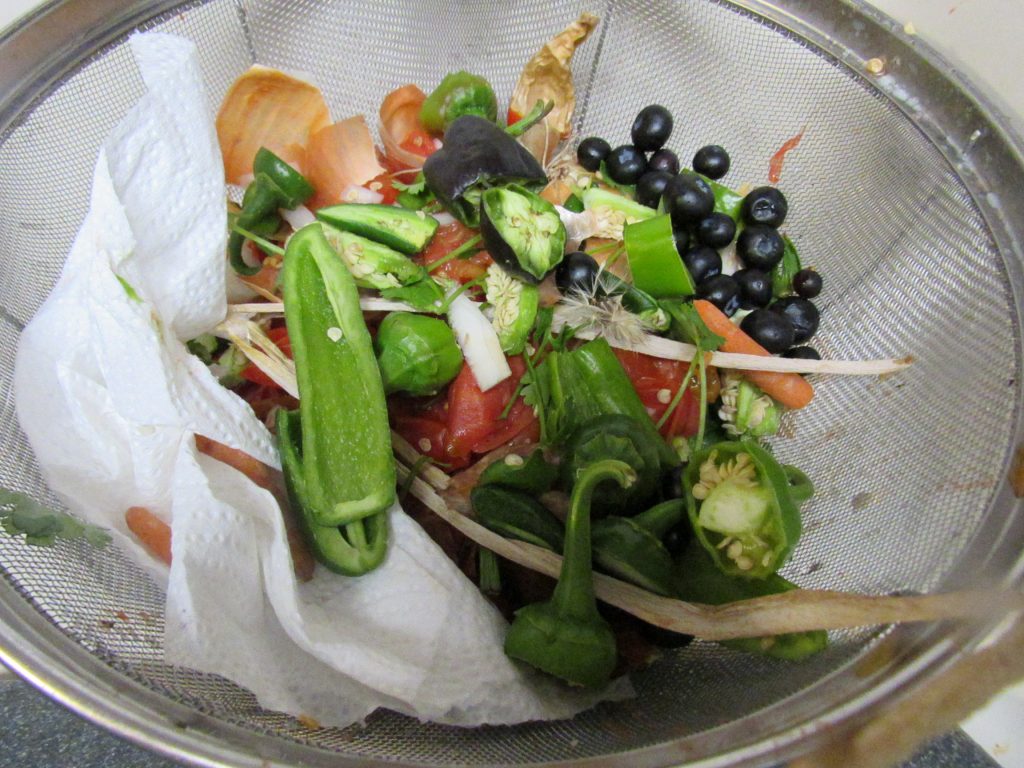
Why composting is important
A banana peel can rot anywhere, so why does it matter if it rots in a landfill or in your backyard? The truth is, the conditions at the landfill are not conducive to proper decomposition. At the landfill, your food scraps are more likely to release methane. Methane is a powerful greenhouse gas that is 26 times more potent than carbon dioxide. It is very bad for the environment.
When you compost at home, you are reducing or eliminating the methane these scraps would have released. While it is best for you to stop food waste at your dinner table, composting them is the next best thing you can do for the environment.
Composting also closes the loop for you and your garden. By using the compost in a vegetable garden, you are helping cut the carbon footprint of your diet by eating more vegetables, and eating them locally.
It also acts as a replacement for fertilizers derived from fossil fuels, and the plastic bags they come along with.
There’s a lot to know about composting, and this guide is just the beginning. We will be adding more to this article as time goes on, so keep checking back for more composting tips and tricks.



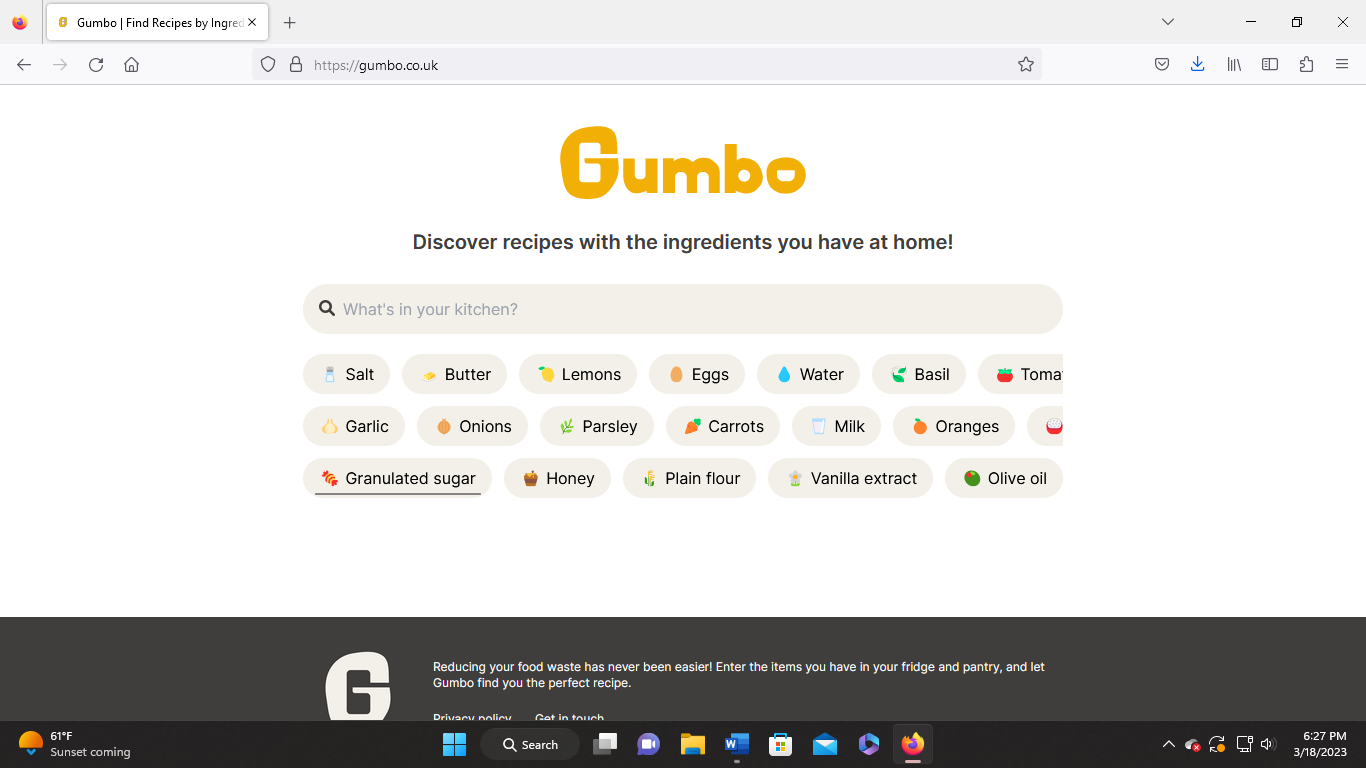

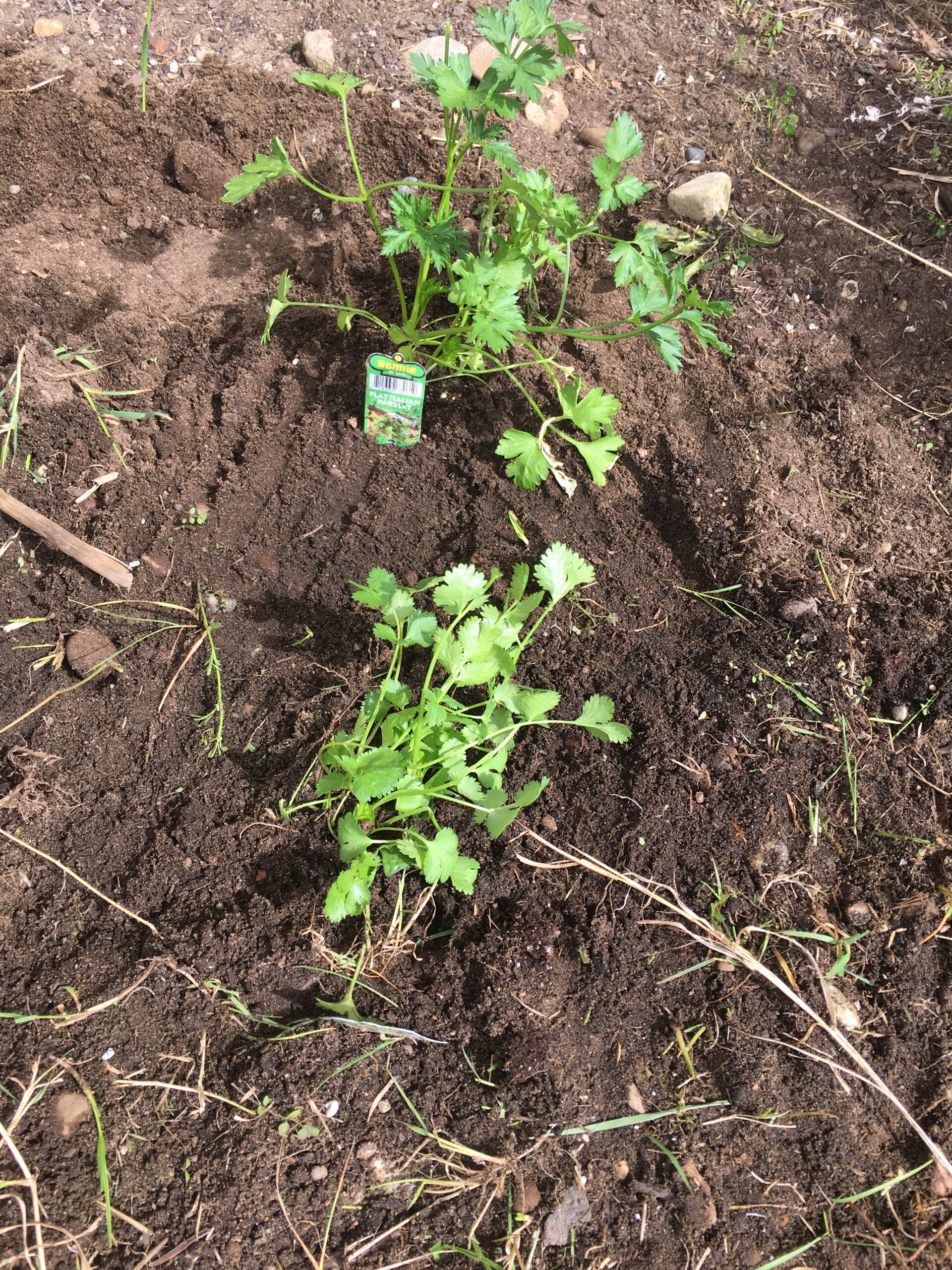

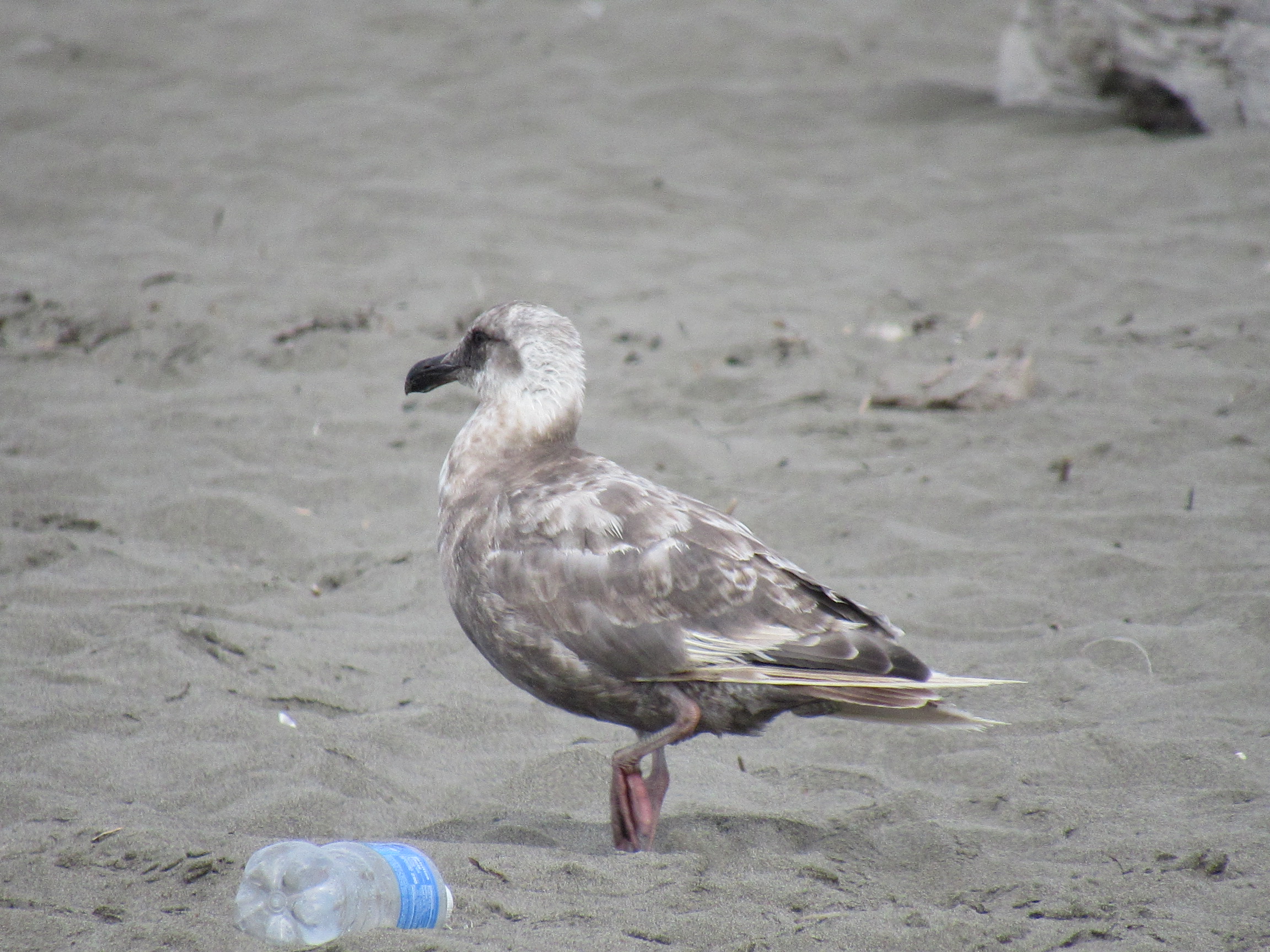



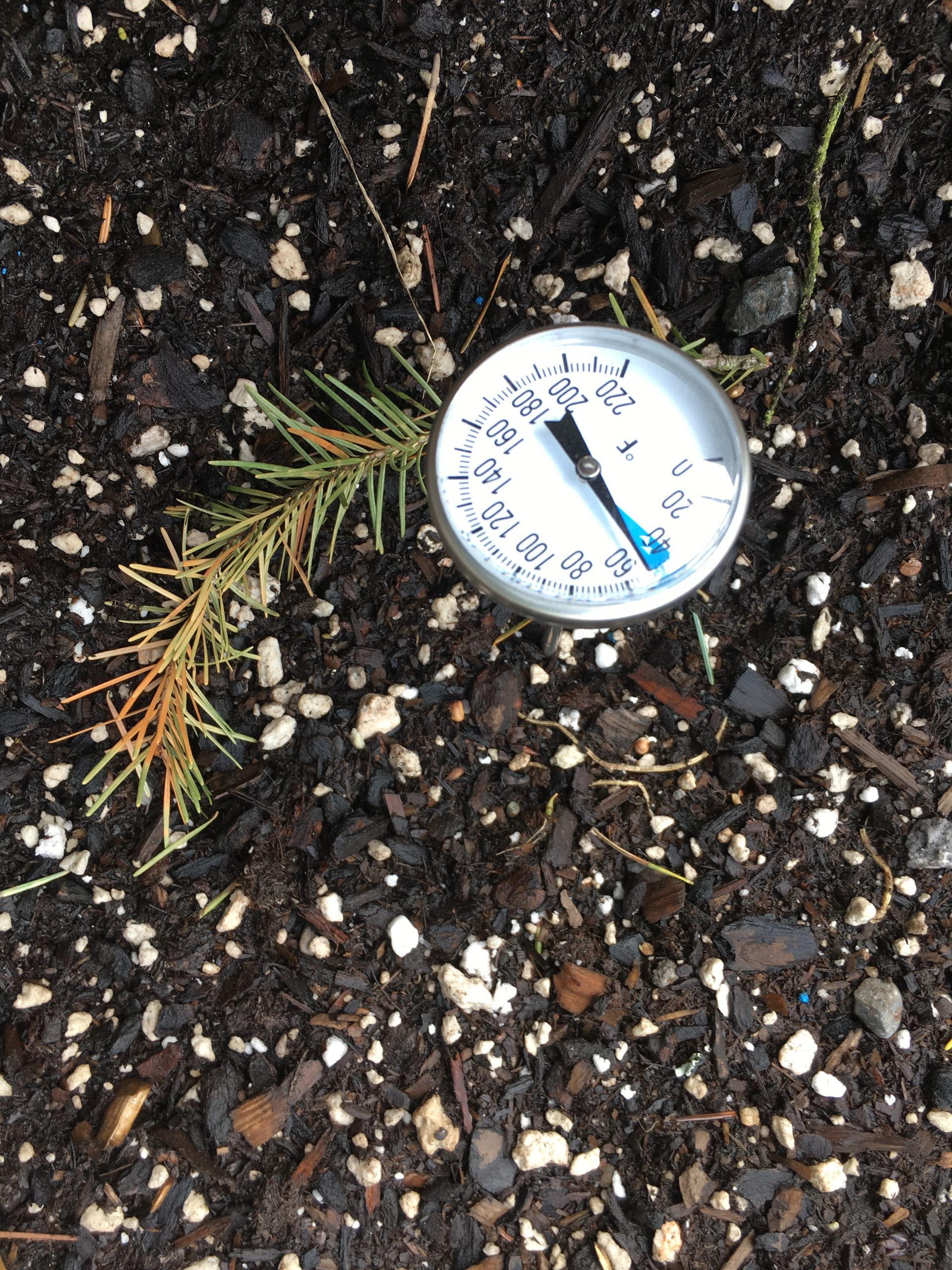
One thought on “The Complete Guide to Composting”